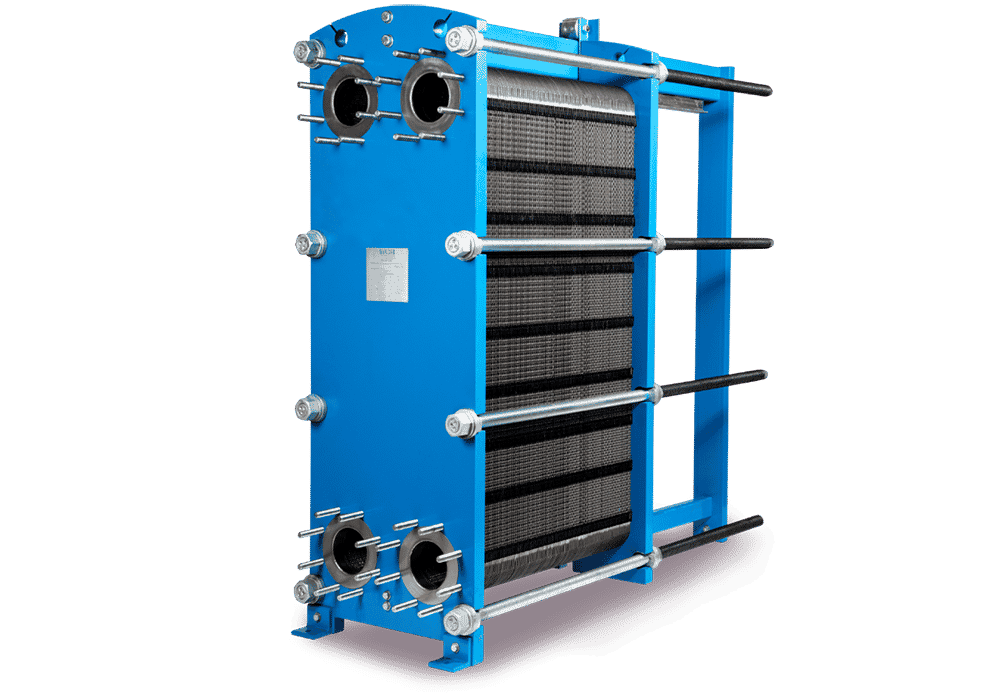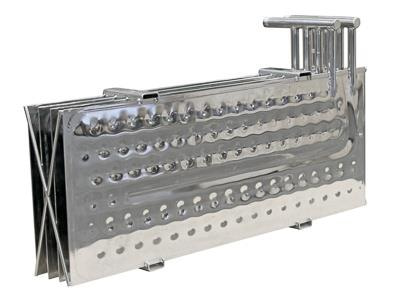Heat exchangers work by passing a hot and a cold fluid across opposite sides of a metal plate. As a result, the heat from one fluid passes across the metal (which is thermally conductive) and into the other fluid without the fluids coming into contact.
Heat transfer is more efficient when there is high fluid velocity, turbulence, a large surface area and a large temperature differential. Depending on the application, different designs are more efficient than others.
There are three types of heat exchangers. There are many heat exchangers that are effective in different heat transfer applications, but optimising efficiency, cost and space depends on the particular process in which the heat exchanger is installed. We describe the key qualitative differences between heat exchangers in this article to help you choose the best one for your application.
Speaking of Heat Exchanger , specialised Heat Exchanger are utilised in proper functioning of Heat Exchanger. SA179tube.com Is one leading Manufacturer, Supplier & Stockist Of SA213 T5 Tubes
Shell and Tube Heat Exchangers
In industry, shell-and-tube heat exchangers are probably the most common. Many types of HVAC equipment use them. Shell and tube heat exchangers are named appropriately – the main components are a tube pack (above, right) and a shell that encloses the tubes. Two fluids flow through the tubes, and one through the larger shell, surrounding the tubes. The prototypical shell and tube heat exchanger has only one inner tube, and is typically used to teach engineering students the basic concept of a heat exchanger. However, in practice, a pack of smaller tubes is much more effective because it greatly increases the heat transfer surface area (and has a minor positive effect on turbulence to boot).
A hypothetical single-tube heat exchanger of the same size has about twelve times the efficiency of the shell and tube heat exchanger in the photo above. However, smaller tubes have a disadvantage; if the fluid in your application is very viscous or contains particulates, it can clog the tube and undermine heat transfer.
The shell and tube heat exchanger dominated the heat exchanger market until the latter part of the 20th century, when plate heat exchangers began to replace them in many industrial and HVAC applications.
They are also popular in engineering curricula around the world due to their simple design. There are many reasons for their popularity. In addition, they’re relatively inexpensive – they’re just tubes.
Due to their hydrodynamic and aerodynamic designs, they are able to handle higher operating temperatures and pressures than typical plate heat exchangers, which must change direction of flow many times per cycle due to their compact design. There is also a smaller pressure drop from input to output, which can reduce energy costs.

Plate and Frame Heat Exchanger (Plate Heat Exchangers
Plate heat exchangers consist of a series of plates attached to a large frame. The inputs and outputs alternate between two liquids (hot, cold, hot, cold, etc., as shown above, right). Heat transfer efficiency is very high in this design because of the large surface area – much higher than a shell and tube heat exchanger taking up the same space.
Plate heat exchangers are also easier to clean and maintain since they are designed to be relatively easy to disassemble and inspect. Also, if a plate is defective, you can simply remove two plates and put the unit back into service at a lower capacity while you wait for replacements. Shell and tube heat exchangers do not offer this luxury.
Although all plate heat exchangers have corrugated plates, they differ in how they seal the plates together. Plate heat exchangers can be gasketed, brazed, or welded, ranked in ascending order of leak resistance (and price). Gaskets, while more vulnerable to failure under pressure, are inexpensive and easy to replace.
A gasketed plate heat exchanger can also be completely disassembled, and plates can be added to increase capacity at any time. If a plate heat exchanger is brazed or welded, it’s very difficult and expensive to add plates after the fact. In general, gasketed plate heat exchangers are preferred in industrial settings where flexibility is paramount. Welded plate heat exchangers are rare due to the increased cost, but brazed plate heat exchangers are common in HVAC settings where replacement is easier than maintenance.

Dimple Plate/Plate Coil Heat Exchanger
Although its market share is much less than that of the previous two categories, dimple plate/plate coil technology is the best solution for applications where one of the fluids isn’t moving. It’s also useful in retrofit applications, such as waste heat recovery that wasn’t accounted for in the initial blueprints. Gasketed plate heat exchanger can also be a beer tank or dairy tank) where refrigeration or heating would otherwise be expensive.
Two steel sheets are spot-welded together, then inflated to create channels between the plates for fluid to flow. Dimple plate/plate coil technology can be customised to fit any particular application because of its simplicity and low cost. Most commonly, dimple plates are used to make tank jackets for beer and dairy tanks, but they can also be cut to fit inside tanks and submerged in liquid for efficient heat transfer.
Dime plate/plate coils combine the best features of both above types of heat exchangers – they are cheap, customizable, and compact, but can withstand high pressures and temperatures due to their design and materials. In many industrial processes, it can be incorporated as an afterthought, most notably to reduce energy costs or comply with environmental regulations.
SA179tubes.com is a leading supplier, stockist, manufacturer & exporter of SA213 T5 Tubes . Get in touch with us for the best rates & availability.
